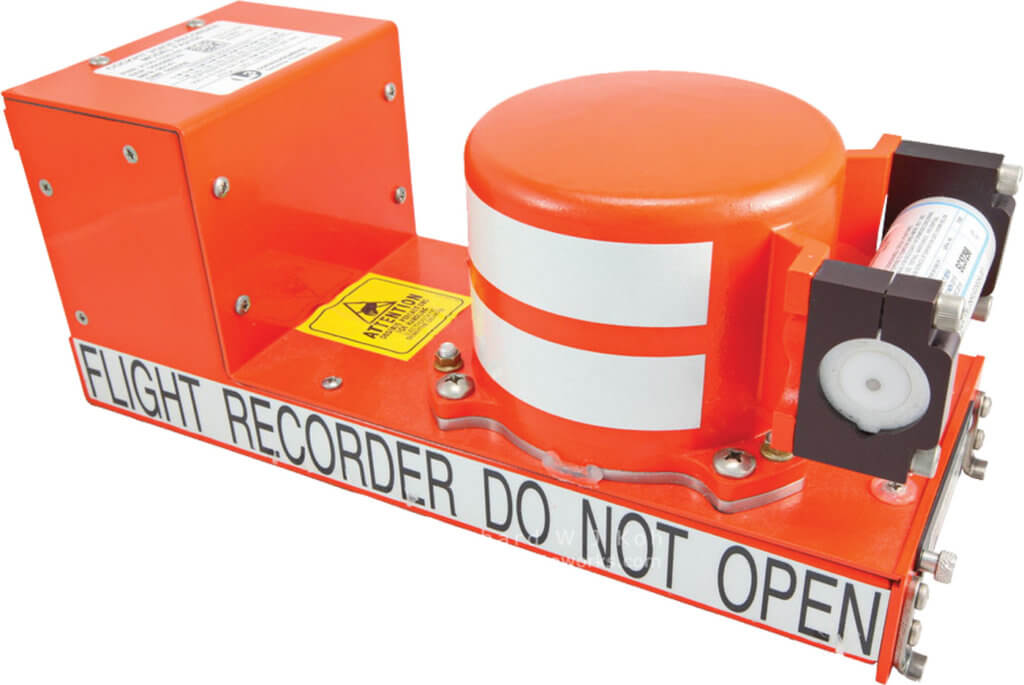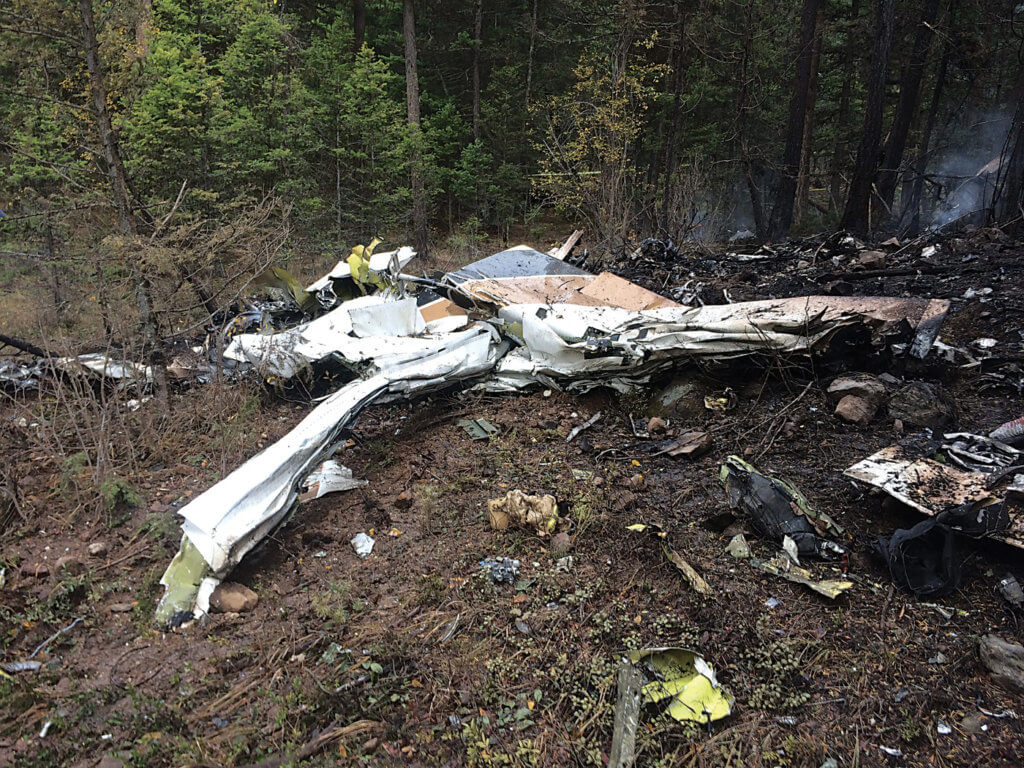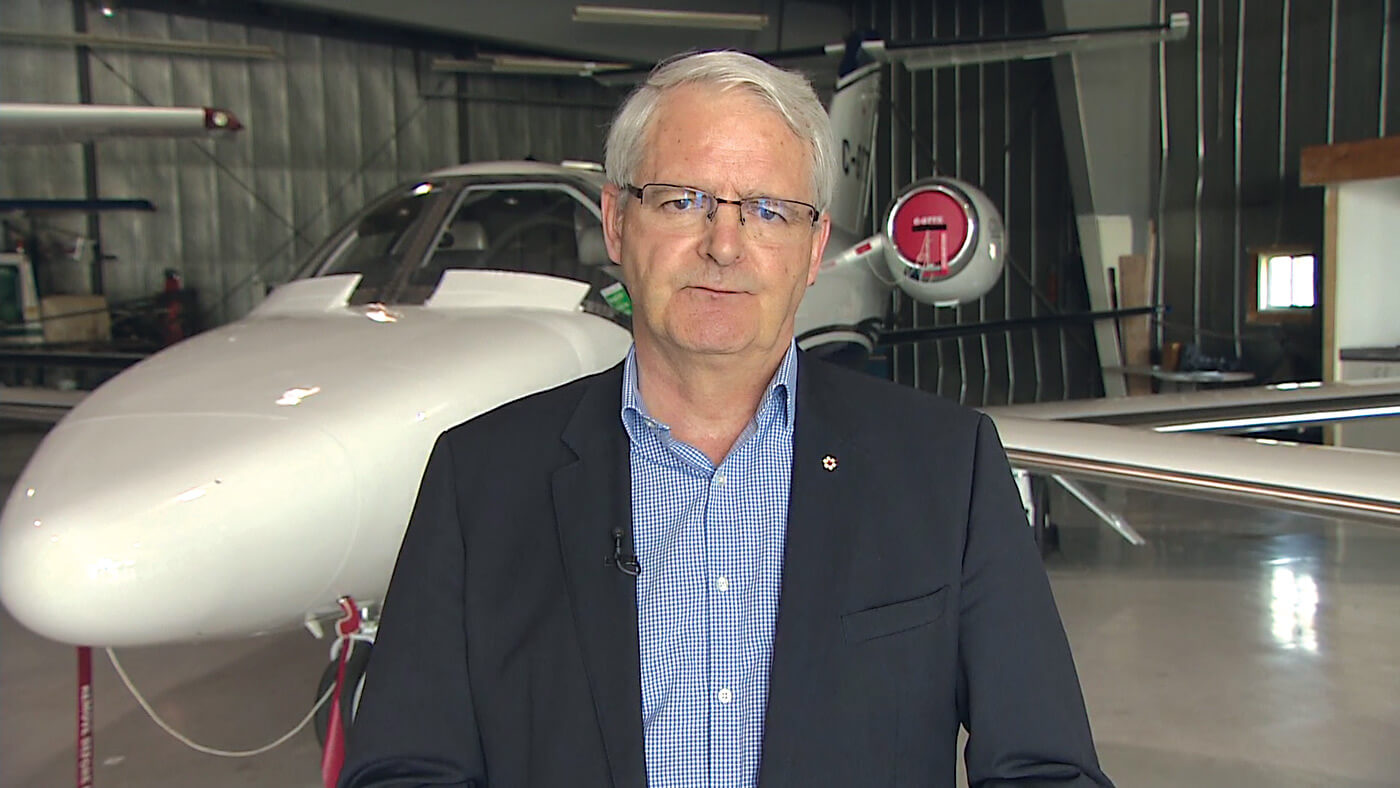Estimated reading time 5 minutes, 13 seconds.
The October 2016 crash of a 1974 Cessna Citation eight minutes after takeoff from Kelowna, B.C., which killed the pilot and his three passengers, is focusing fresh attention on Canada’s regulations governing cockpit voice recorders (CVRs) and flight data recorders (FDRs).

Currently, only Canadian multi-engine, turbine-powered commercial aircraft flown by two pilots and carrying six or more passengers are required to carry a CVR.
Like all aircraft its size, the Citation wasn’t required to have a recorder of either type on board. That prompted Transport Minister Marc Garneau to say “it’s a good time for us to look at the issue” even though his department has been considering it for “quite a while.”
In fact, there’s grim irony in that an International Civil Aviation Organization (ICAO) standard adopted by most other regulators long ago originated with our own Transportation Safety Board (TSB) in February 1991–yet Canada has so far failed to follow suit.
The TSB’s recommendations flowed from a review of 14 major “occurrences” in 1988-1989. Five aircraft had recorders from which useful data were retrieved. The other nine were not equipped, hindering the investigations.
Current Canadian recorder regulations date to 1969, and changes since then have been editorial or administrative. ICAO issued new standards and recommended practices in 1985; and while Canadian legislation met those standards, it fell short of ICAO’s recommended practices.
So Transport Canada formed a review group in 1986 and the Canadian Aviation Safety Board (CASB) published a Statement of Requirement for improved regulations. Transport eventually responded by promising new legislation to match updates announced by U.S. Federal Aviation Administration (FAA) in 1988. But the process evidently stalled into a bureaucratic tailspin, prompting the TSB (which absorbed the CASB in 1990), to urge Transport to “expedite” updated recorder requirements in smaller aircraft.
Five days after the Kelowna crash, Garneau, a navy commander who learned to fly as part of his astronaut training, said “there was very little choice” among “extremely expensive” units in the early 1990s. New recorders are “cheaper” so it is time for another look at regulatory requirements, he indicated.

Two weeks later, in a Watchlist of outstanding issues, the TSB pointed out its 1991 recommendation. “This latest accident is another reminder of how important these recorders are,” TSB Chair Kathy Fox told reporters at a news conference.
She conceded the department has some “tough” regulatory challenges which can take time to resolve. “But a decade? Two decades? There is no reasonable excuse.”
Norm Matheis, regional marketing manager for Canada for Universal Avionics Systems Corporation, questioned the “cheaper” concept, pointing out that despite similar base pricing, CVRs and FDRs are quite distinct.
“Depending on what yardstick you use, cockpit voice recorders are already pretty cheap. A Universal Avionics CVR or FDR lists for $16,500, but installation drives up the overall cost. Putting a CVR in a Citation, for example, could be $50,000.
“A flight data recorder is a totally different matter,” continued Matheis. “In something like a regional turboprop, there’s a lot of stuff to record. That’s very intrusive to the aircraft.”
Installations depend on how many input parameters regulators require–anywhere from 50 to 250–and the more advanced the aircraft, the costlier it becomes.
What about the general aviation (GA) community? Retrofitting even a CVR would be a major expense for pilots who can’t write it off for business purposes.

“We may never see the industry, the rulemakers, reach down into that extreme lower end of GA,” Matheis replied. “But I’m kind of scratching my head as to why, in Canada, again using that Citation accident as an example, why that aircraft’s not required to carry a CVR. Not having anything for the investigators to look at other than the crash site–that’s tough.”
At Maxcraft Avionics Ltd., based at Pitt Meadows Airport in B.C. and recognized by Transport Canada, the FAA and the European Aviation Safety Administration (EASA), president Daryl MacIntosh agreed that the cost of even a basic CVR can be daunting.
“We just quoted a new installation for an old business jet,” he told Skies. “It was over $50,000 just to replace it–and that’s keeping the existing wiring!”
When Skies asked for an update at the end of November 2016, Transport Canada replied that regulatory amendments bringing Canada into line with U.S. and other international requirements would be “brought forward in the coming months.”
The regulator reported it is working with “a number of stakeholders and partners” to identify the best way to mandate not only CVRs but also video recorders, “while ensuring that they can be used within the parameters of privacy legislation and policies.”
A week later, Garneau seemingly telegraphed his own preference. He told reporters after a cabinet meeting that since “Canada and the United States work very well together” in all transport modes, it is “critically important . . . for us to have harmonized regulations.”
MacIntosh recollected how quickly ICAO, the FAA and EASA had responded to the TSB recommendations years ago.
“We made all the recommendations and said ‘yes we should make it better’ but we haven’t done it,” he lamented.
Ken Pole has had a life-long passion for aerospace, writing about all its aspects for nearly 40 years. The longest-serving continuous member of the Canadian Parliamentary Press Gallery, he’s also an avid sailor.

